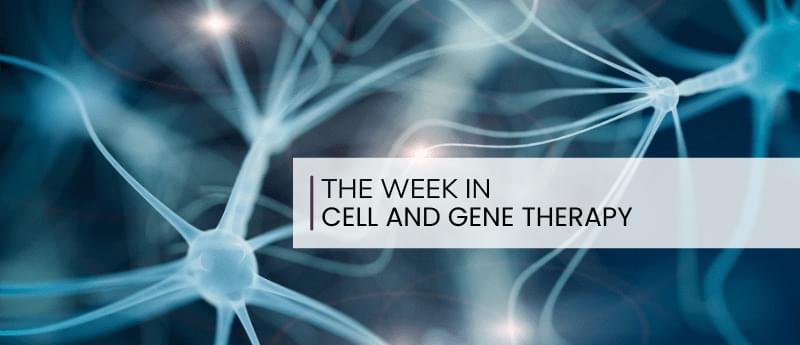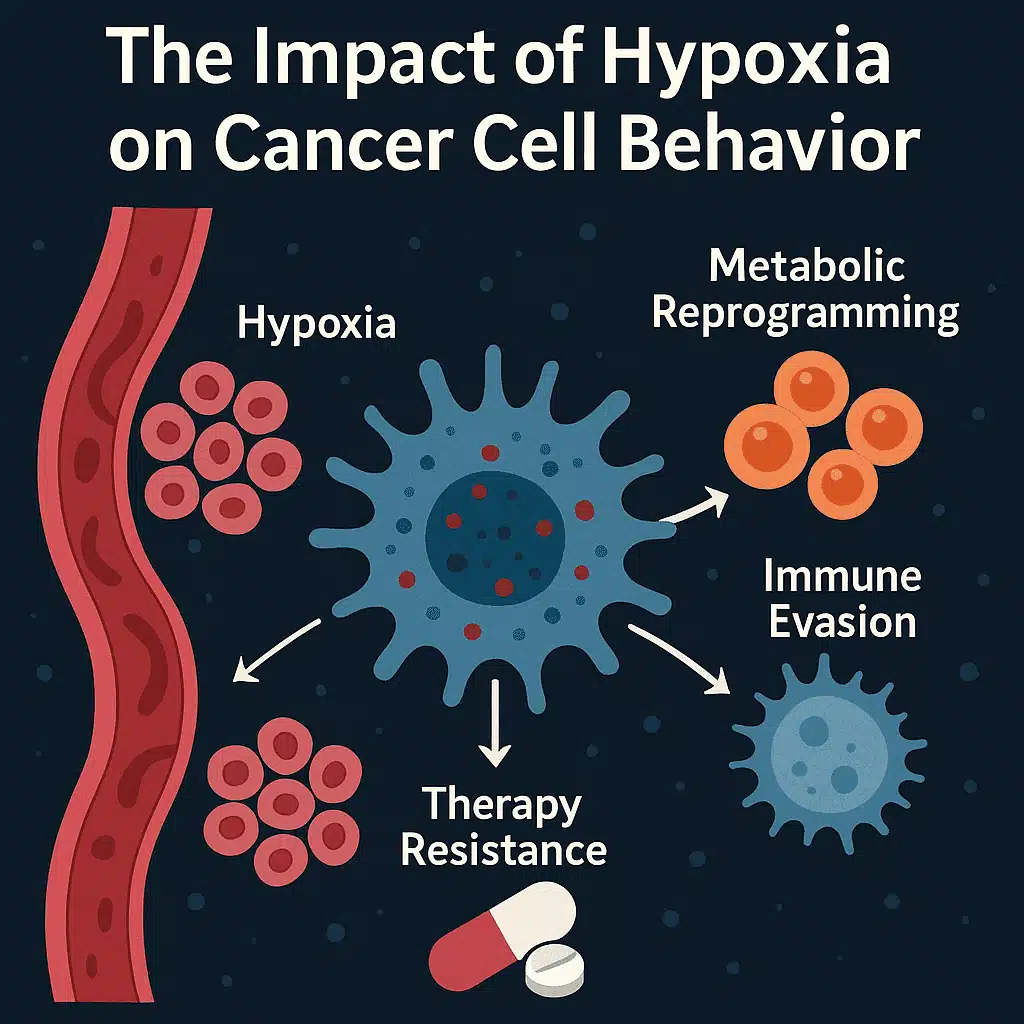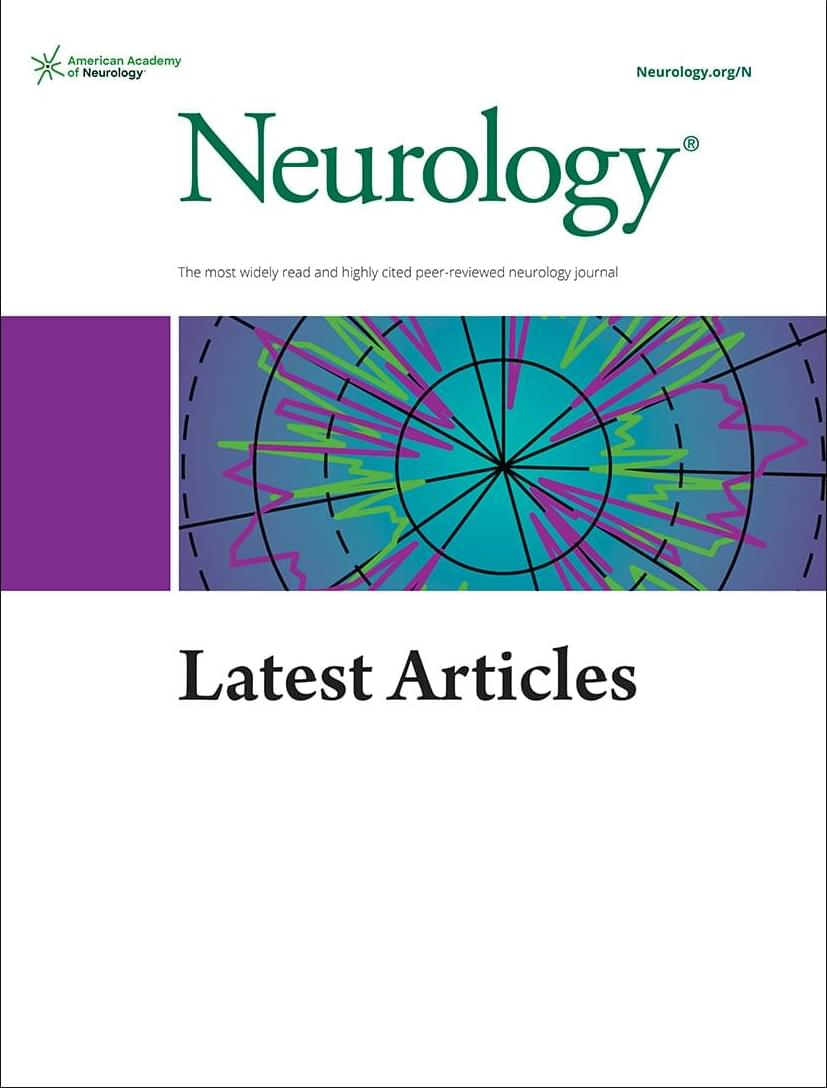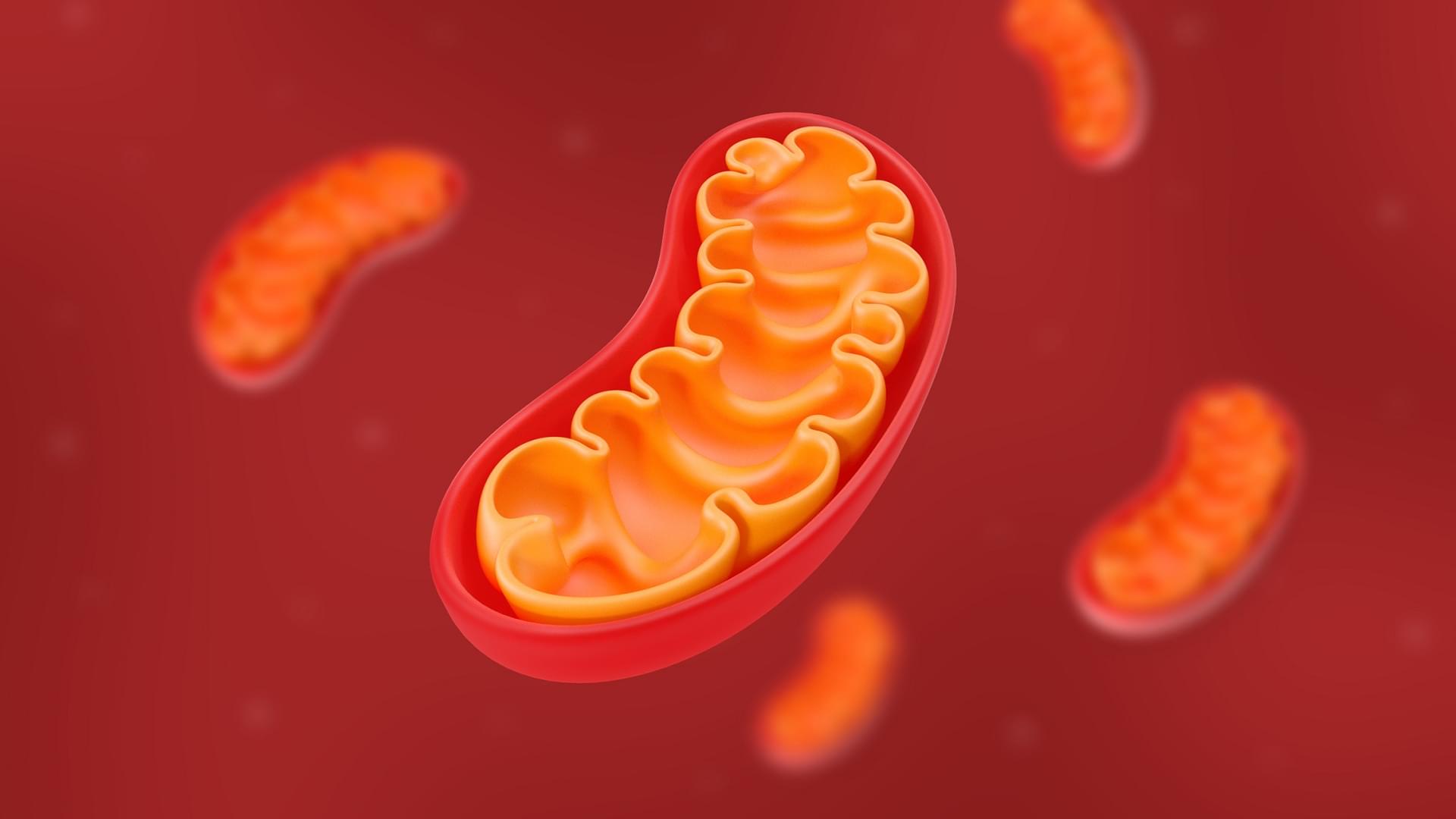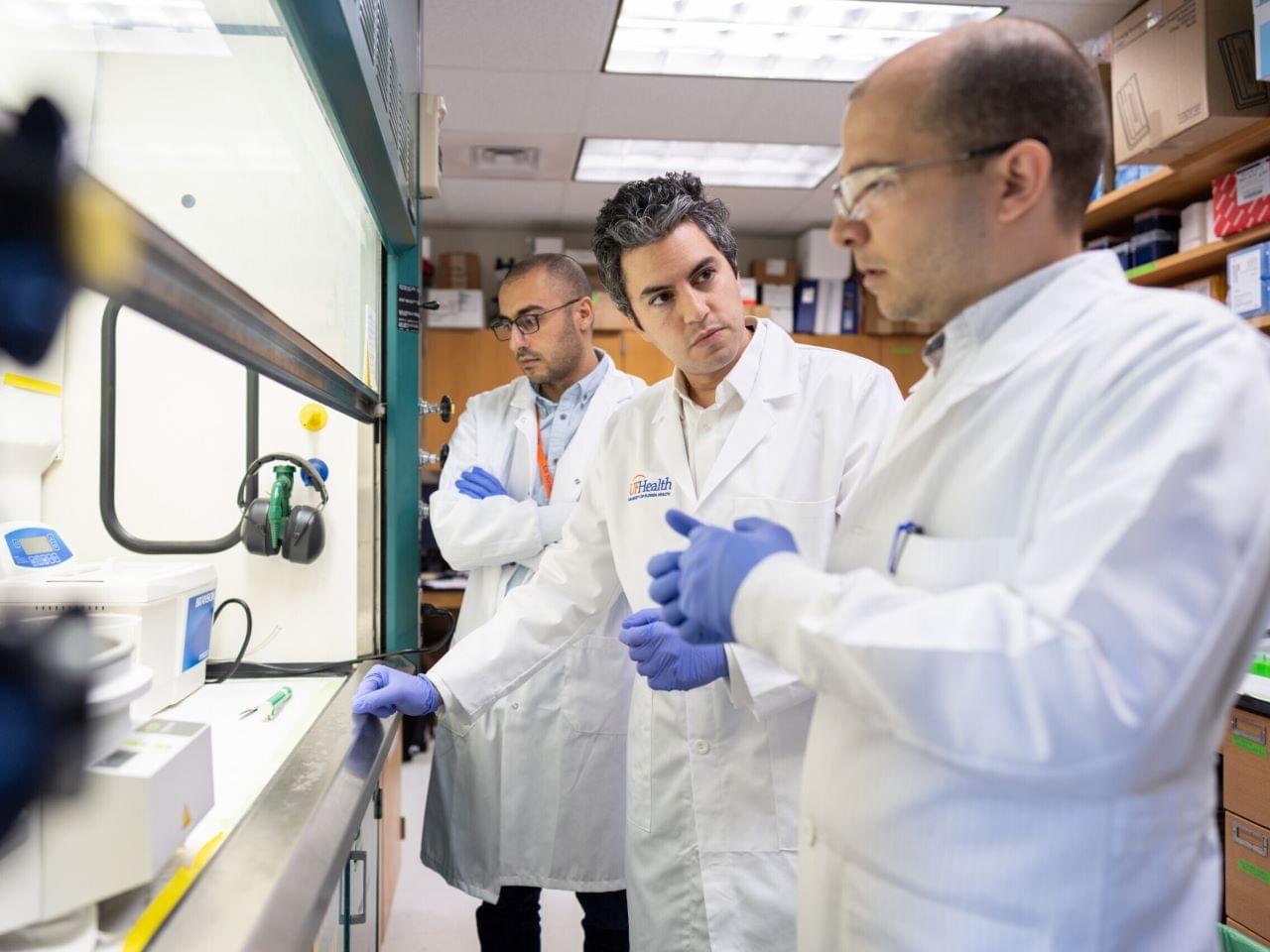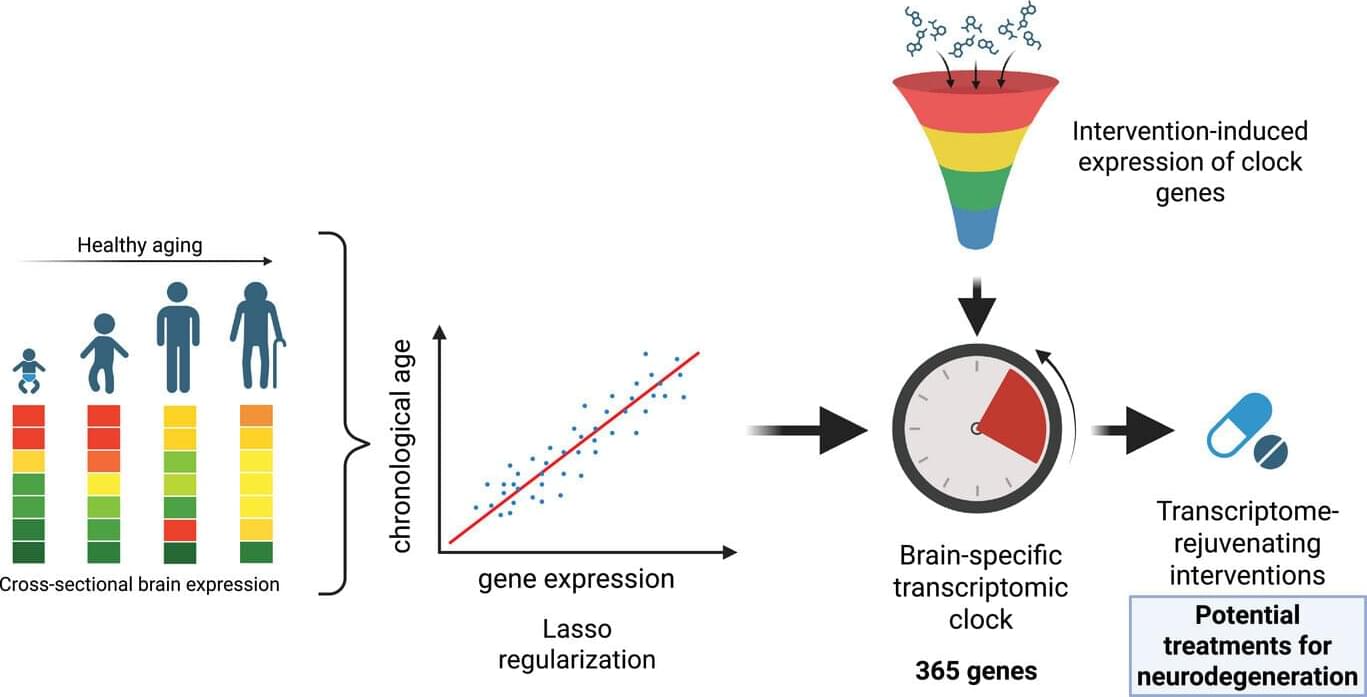University of New Mexico researchers have received funding to launch an early-stage clinical trial of a vaccine engineered to clear pathological tau protein from the brains of patients suffering from Alzheimer’s dementia.
The Phase 1a/1b trial, supported in part by a $1 million grant from the Alzheimer’s Association’s Part the Cloud initiative, will test the novel vaccine, which was developed by UNM School of Medicine scientists, said Kiran Bhaskar, PhD, professor in the Departments of Molecular Genetics & Microbiology and Neurology.
“The primary endpoint of this study is safety and tolerability,” he said. “Can these subjects take these vaccinations without any anticipated side effects or adverse events? The second endpoint is the immunogenicity – can they make antibodies to tau?”

